
The hill in front of you has the appearance of sliding slowly into a jumble. That is exactly what it is doing through a process called slumping.
When the coal vein burned under this area, cracks formed in the hillside. Rain flowing into the cracks weakens the hill, especially where it saturates bentonite clay layers which become slippery when wet. As the bentonite slides, the hill slowly slumps away.
Slumping happens on a small scale like you see here, but also on a very large scale when entire hillsides slide. The picture above, taken in the North Unit, shows masses of rock that slid from near the top of the canyon, coming to rest far below.
When the coal vein burned under this area, cracks formed in the hillside. Rain flowing into the cracks weakens the hill, especially where it saturates bentonite clay layers which become slippery when wet. As the bentonite slides, the hill slowly slumps away.
Slumping happens on a small scale like you see here, but also on a very large scale when entire hillsides slide. The picture above, taken in the North Unit, shows masses of rock that slid from near the top of the canyon, coming to rest far below.
Is there something we missed for this itinerary?
Itineraries across USA
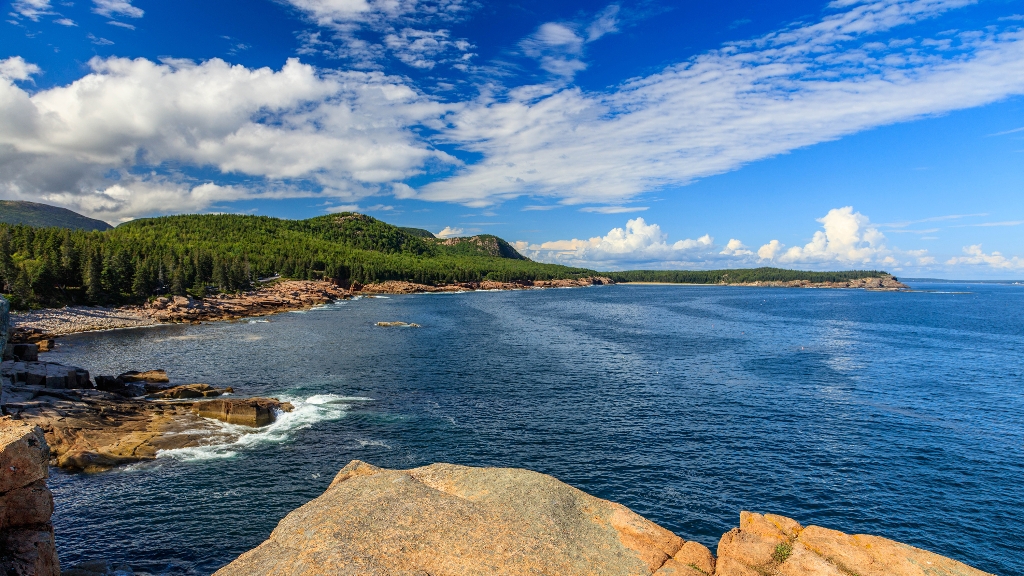
Acadia
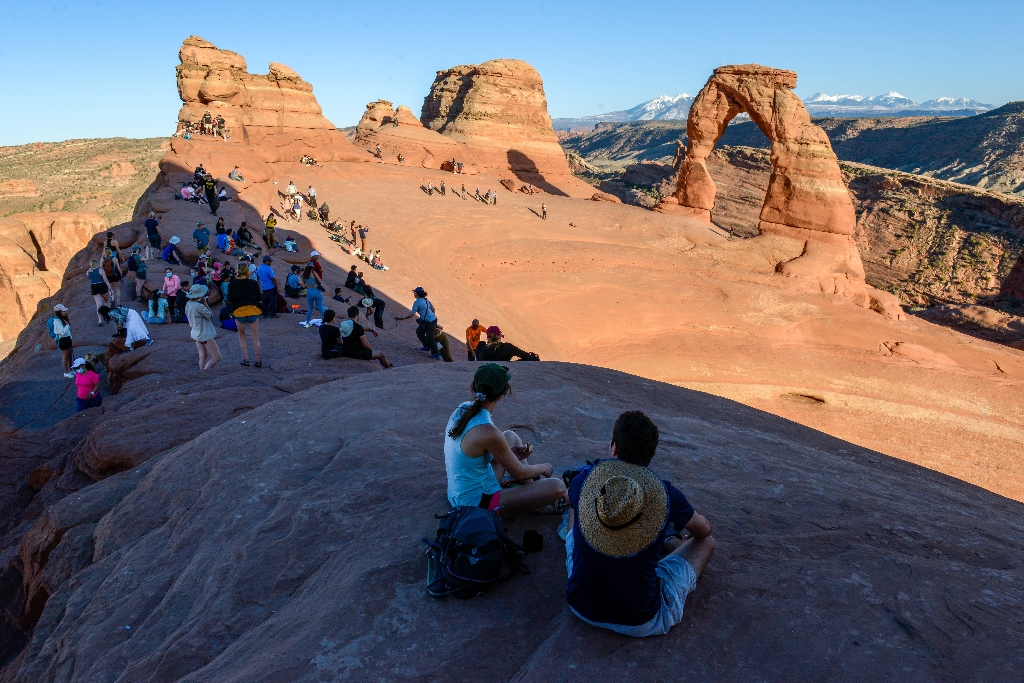
Arches National Park

Badlands
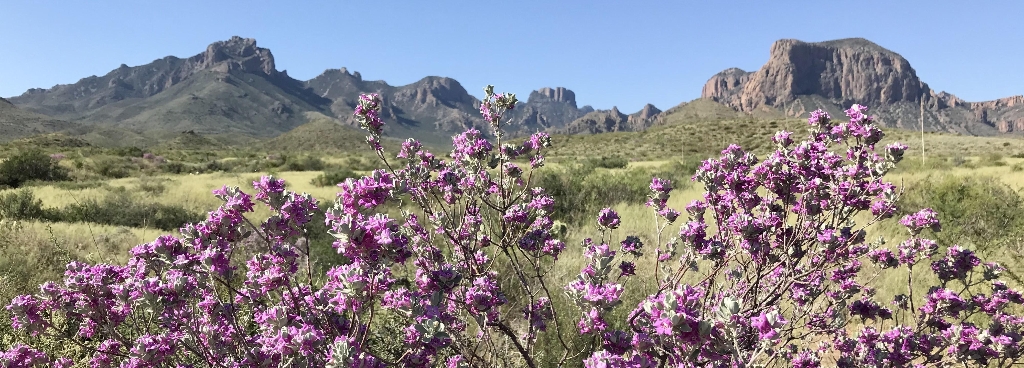
Big Bend

Biscayne

Black Canyon Of The Gunnison
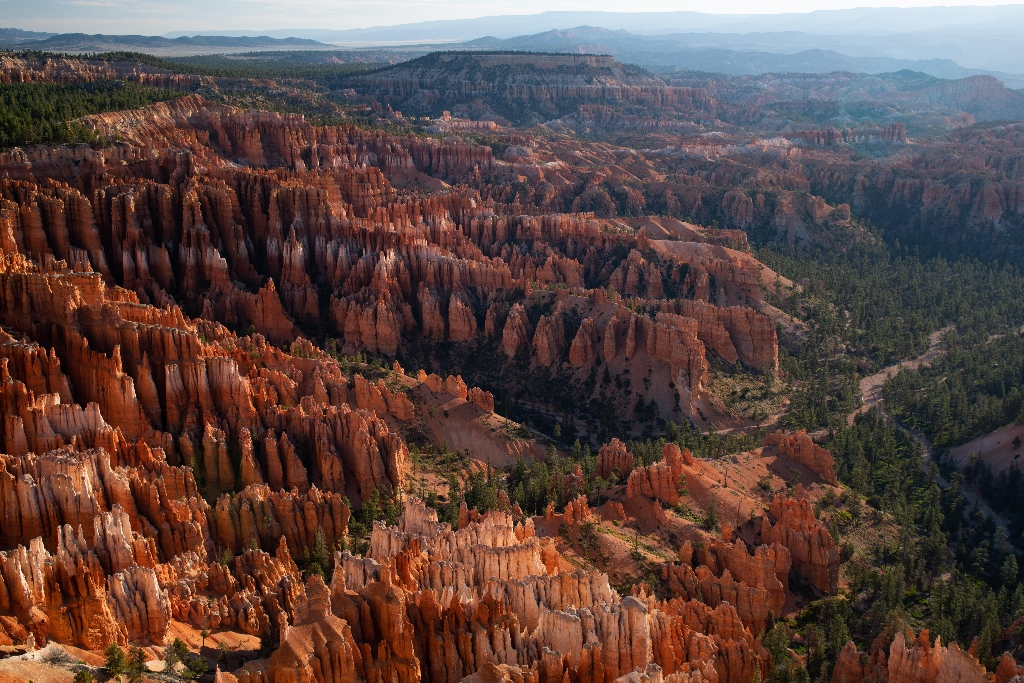
Bryce Canyon
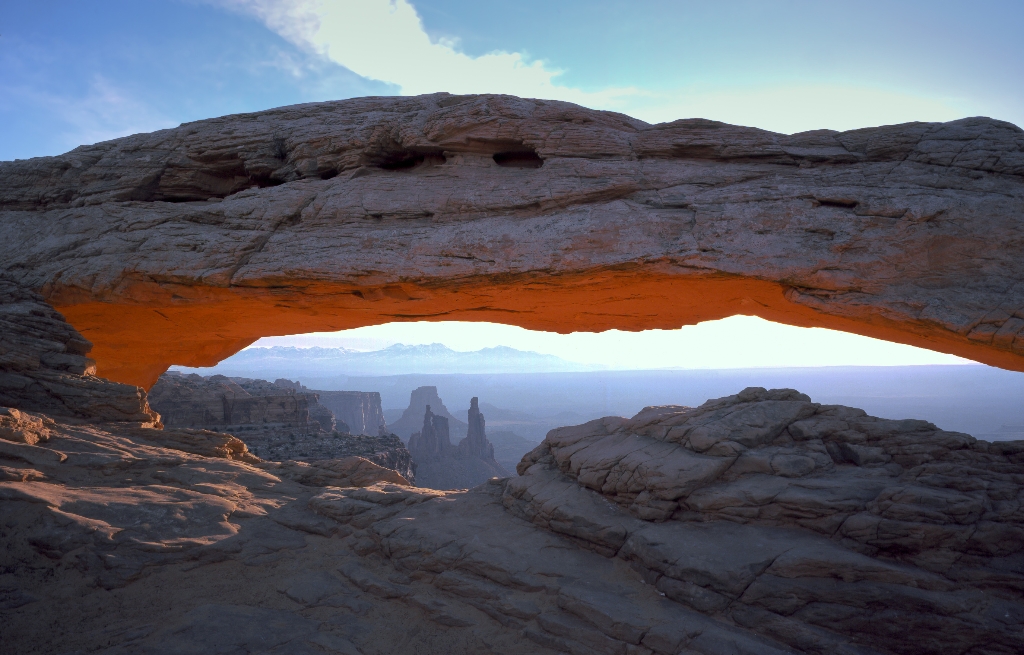
Canyonlands
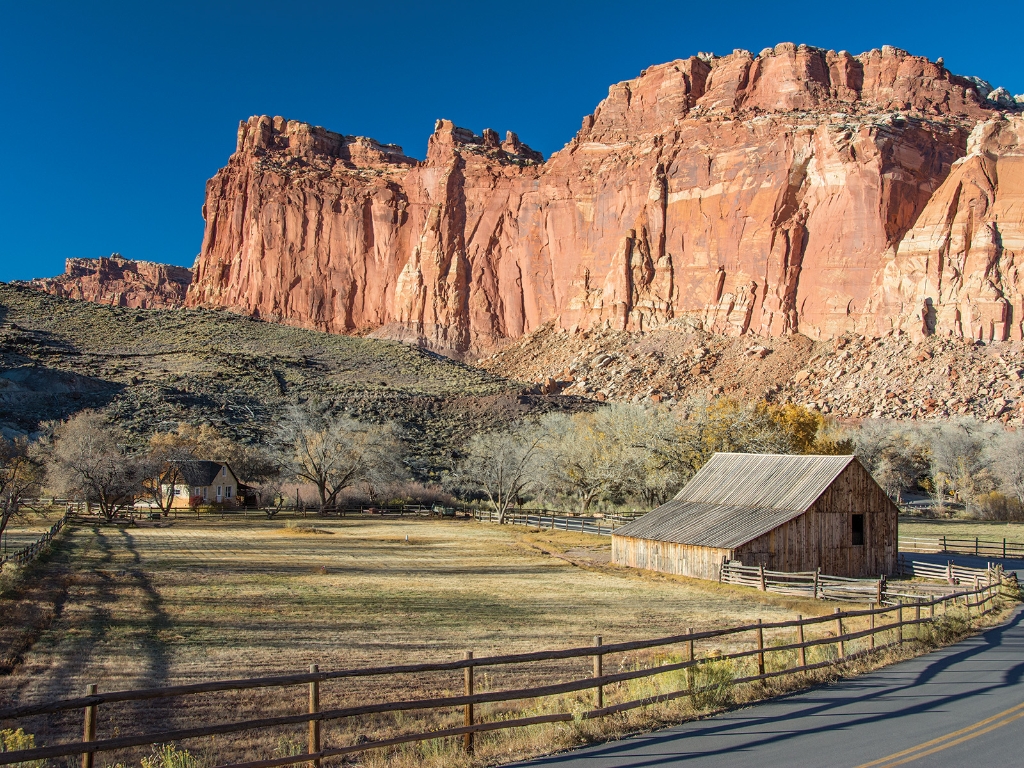
Capitol Reef
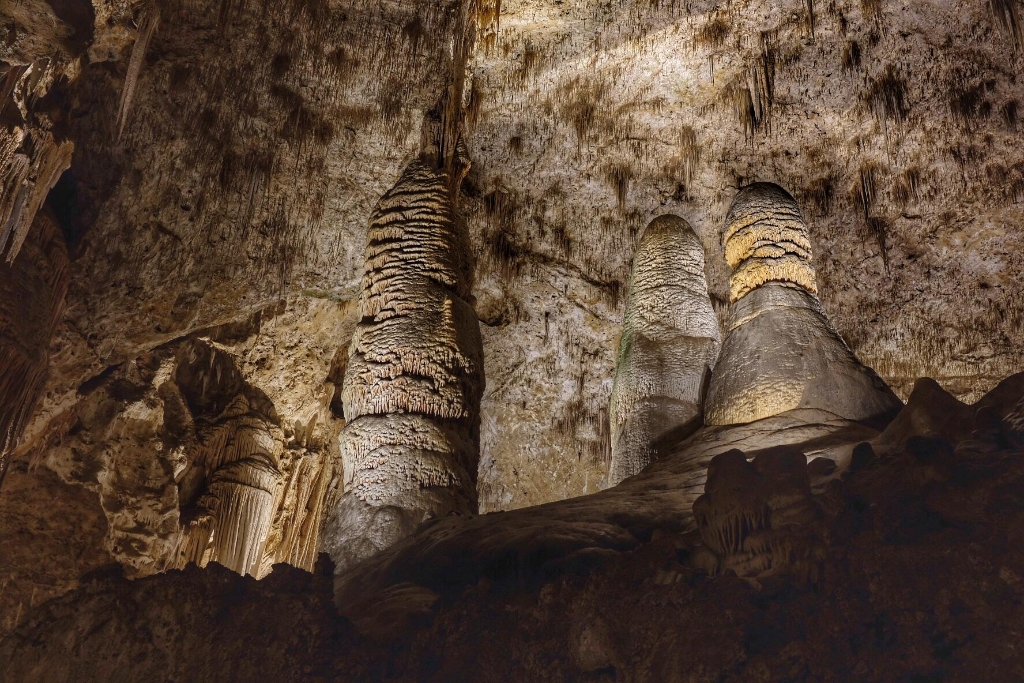
Carlsbad Caverns
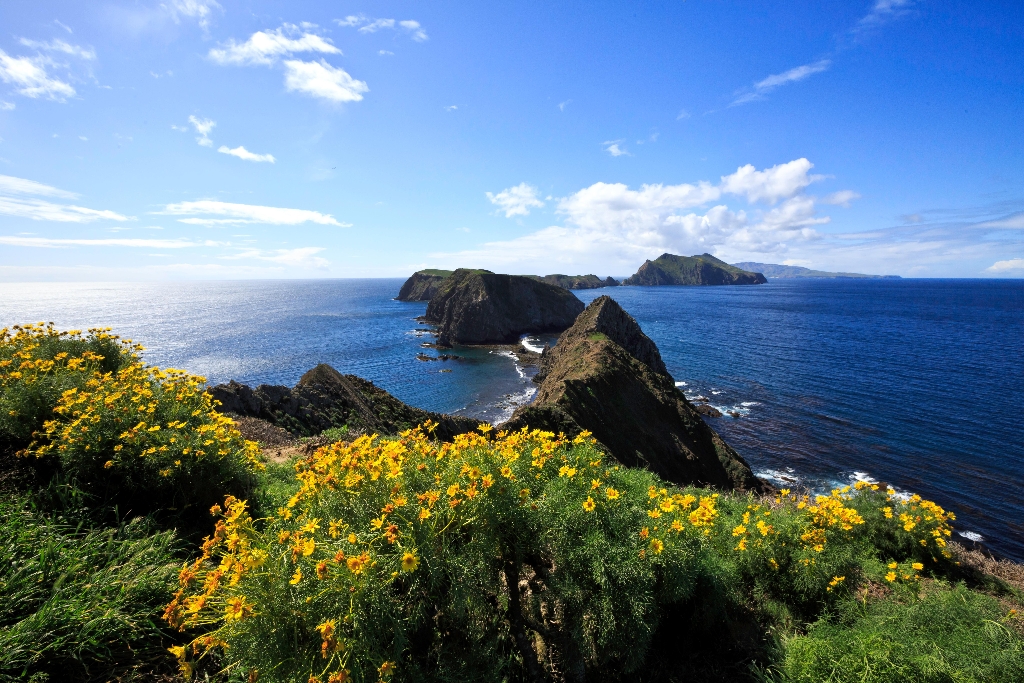
Channel Islands
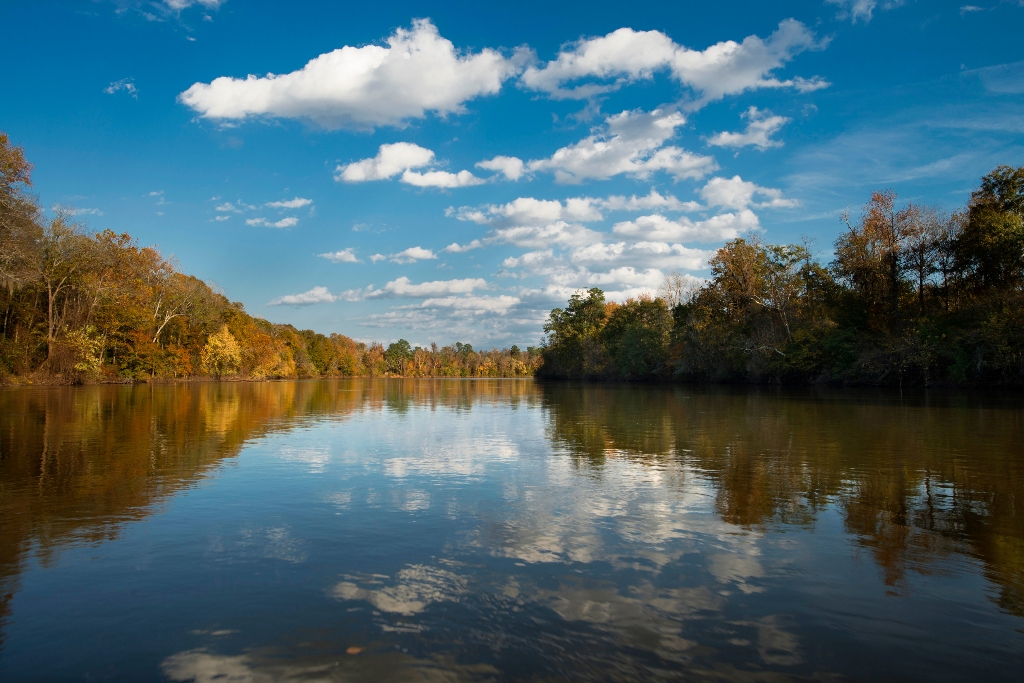
Congaree
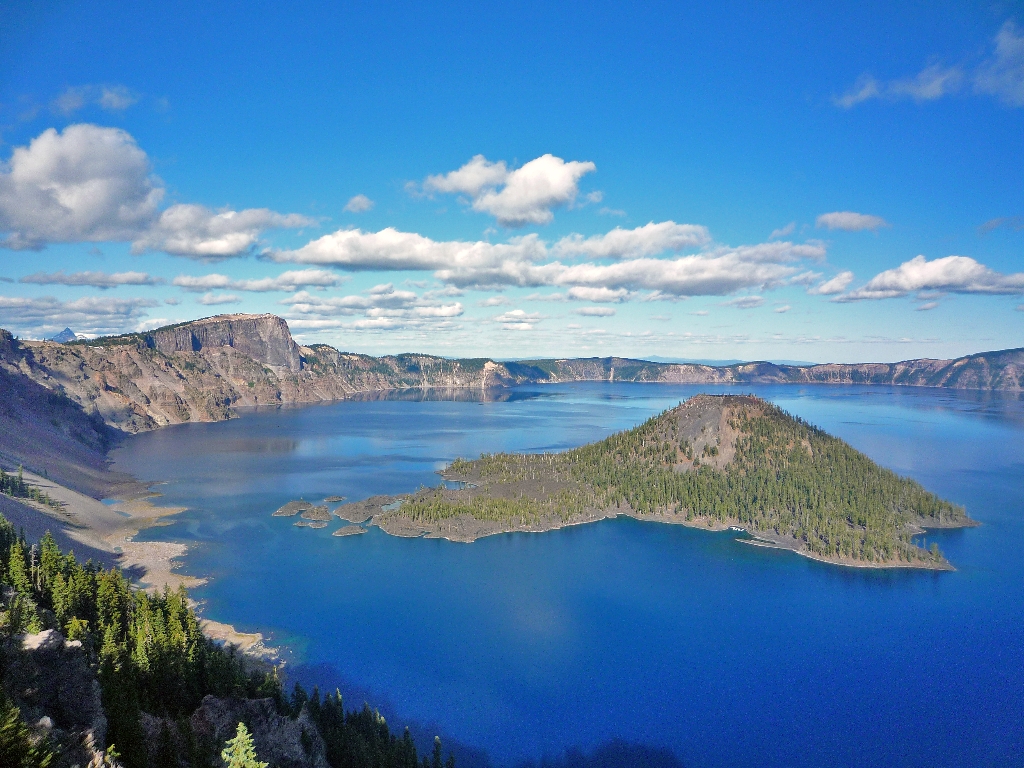
Crater Lake
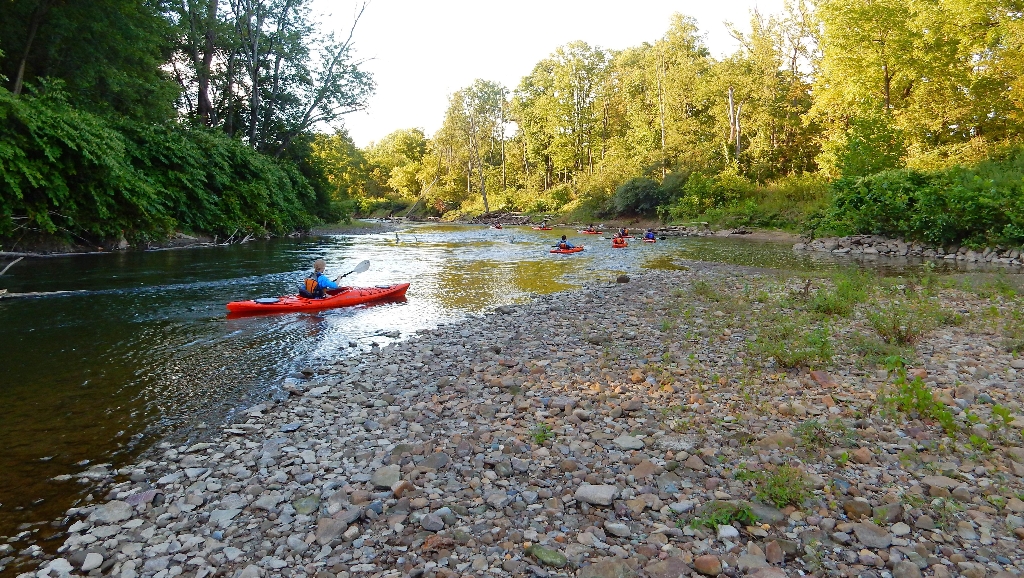
Cuyahoga Valley

Death Valley
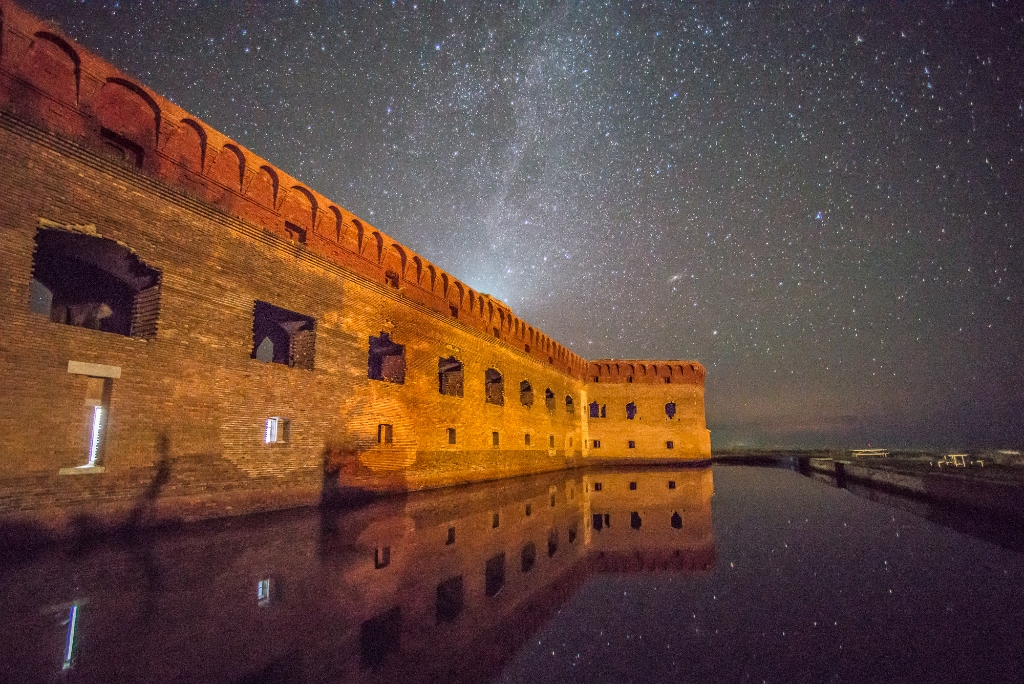
Dry Tortugas
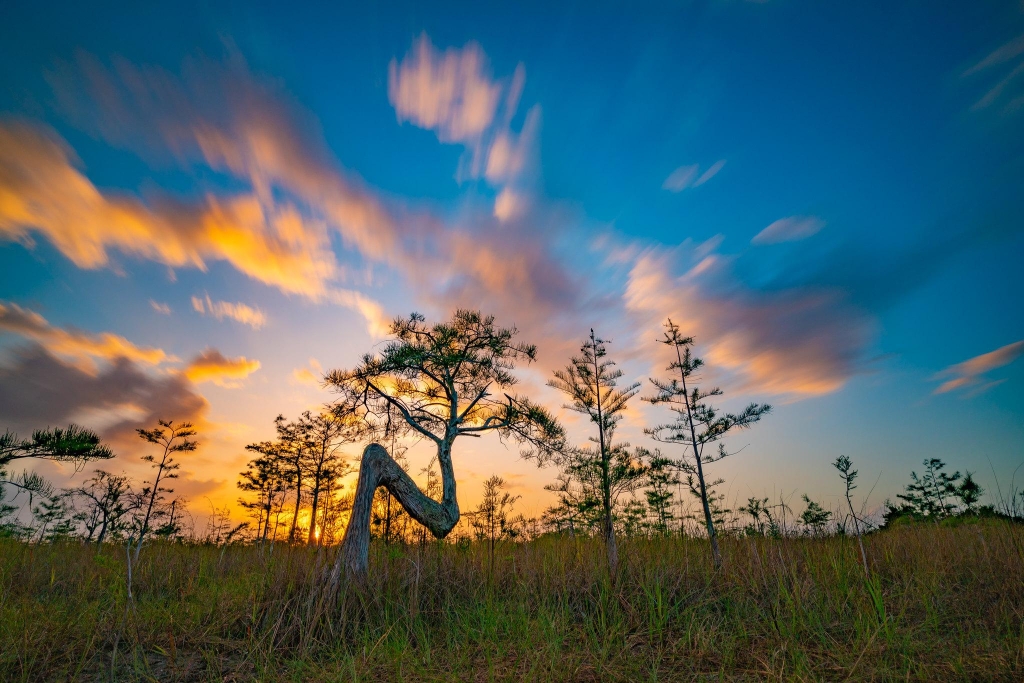
Everglades

Gateway Arch
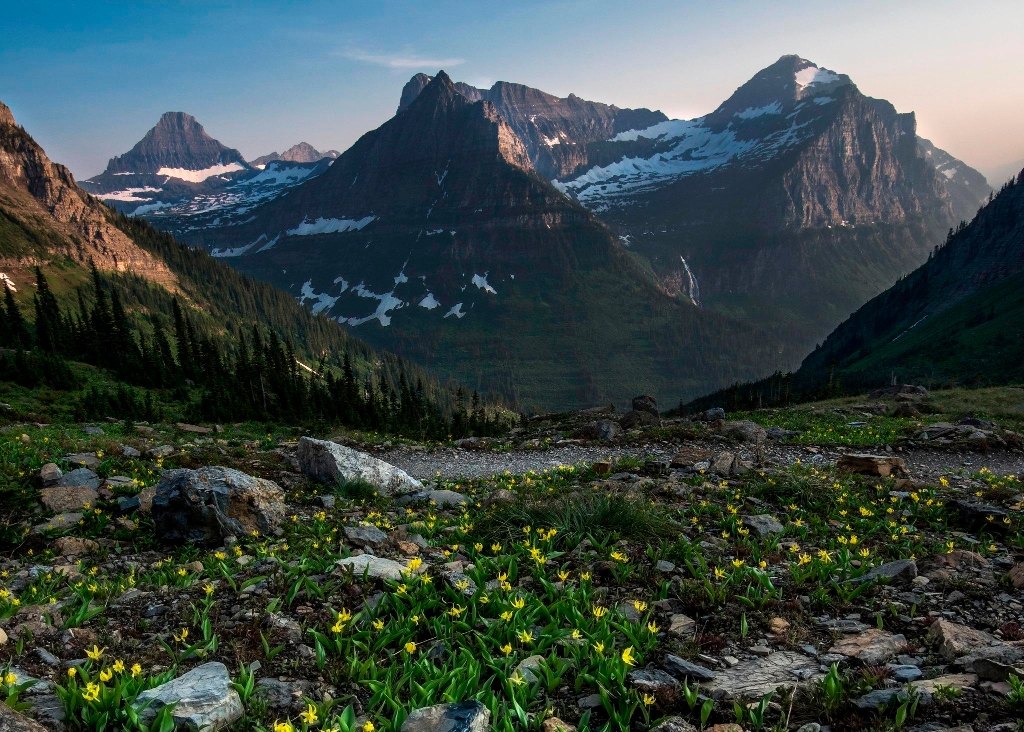
Glacier
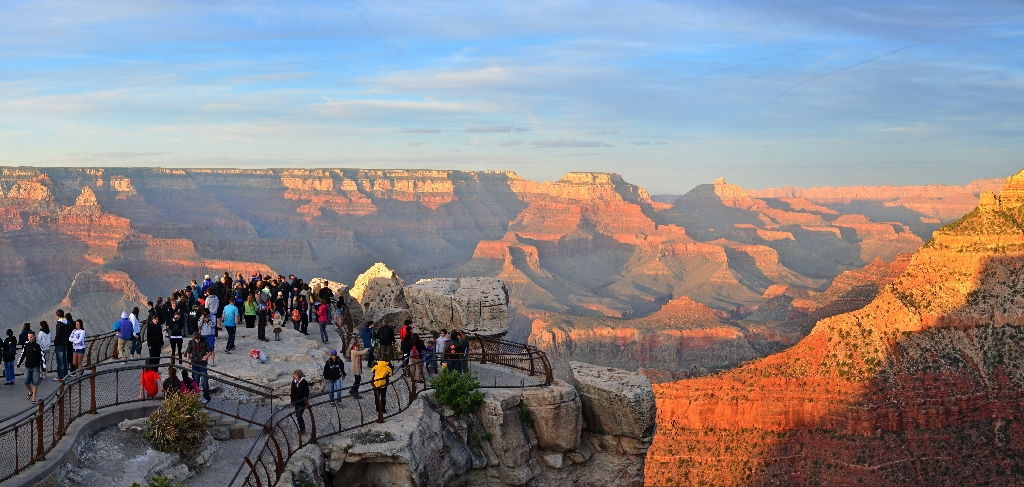
Grand Canyon

Grand Teton
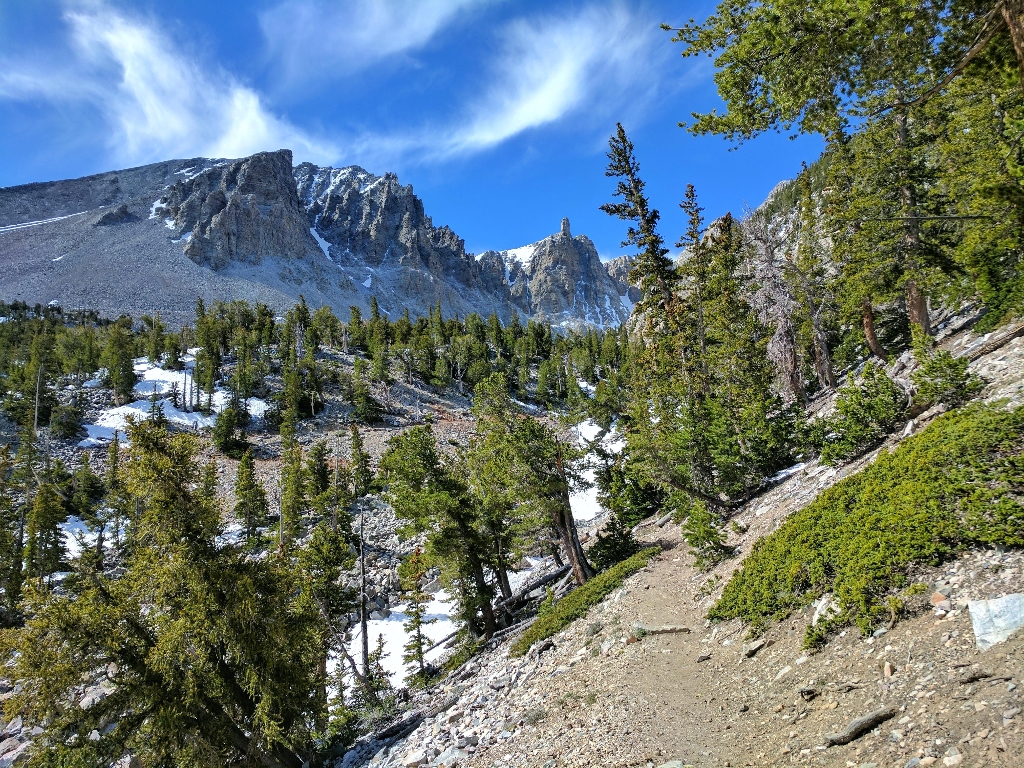
Great Basin
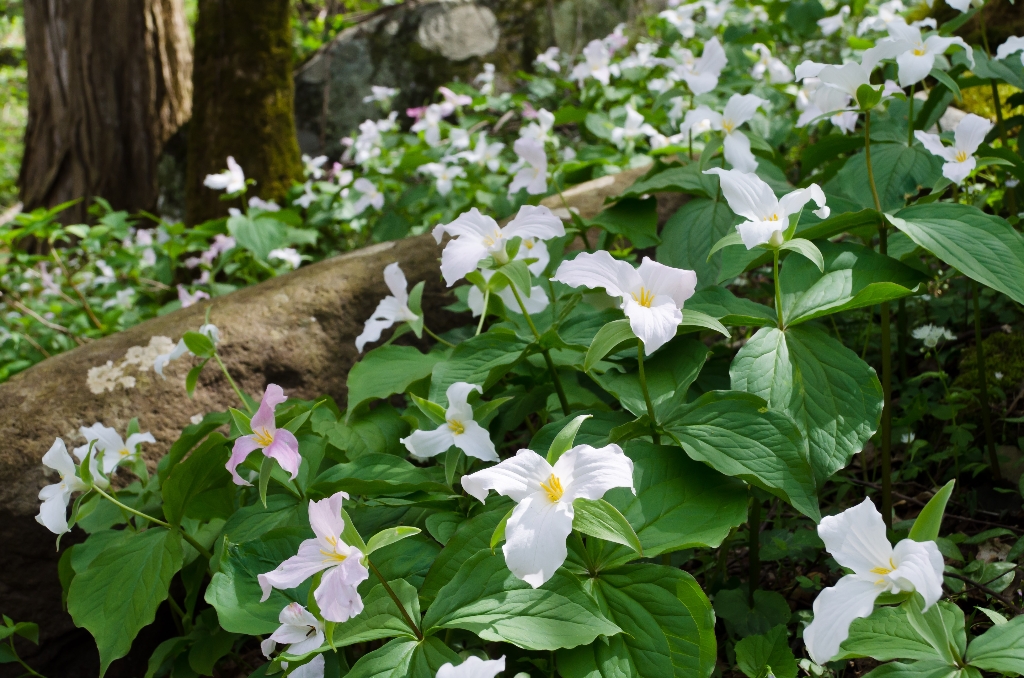
Great Smoky Mountains
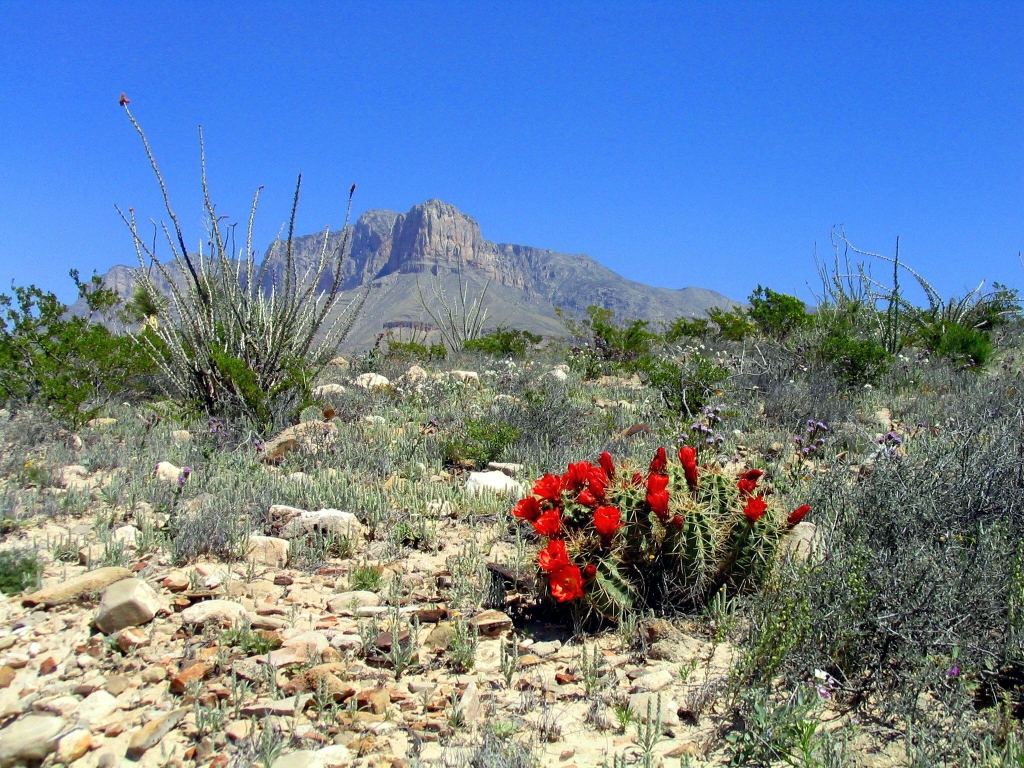
Guadalupe Mountains

Haleakalā
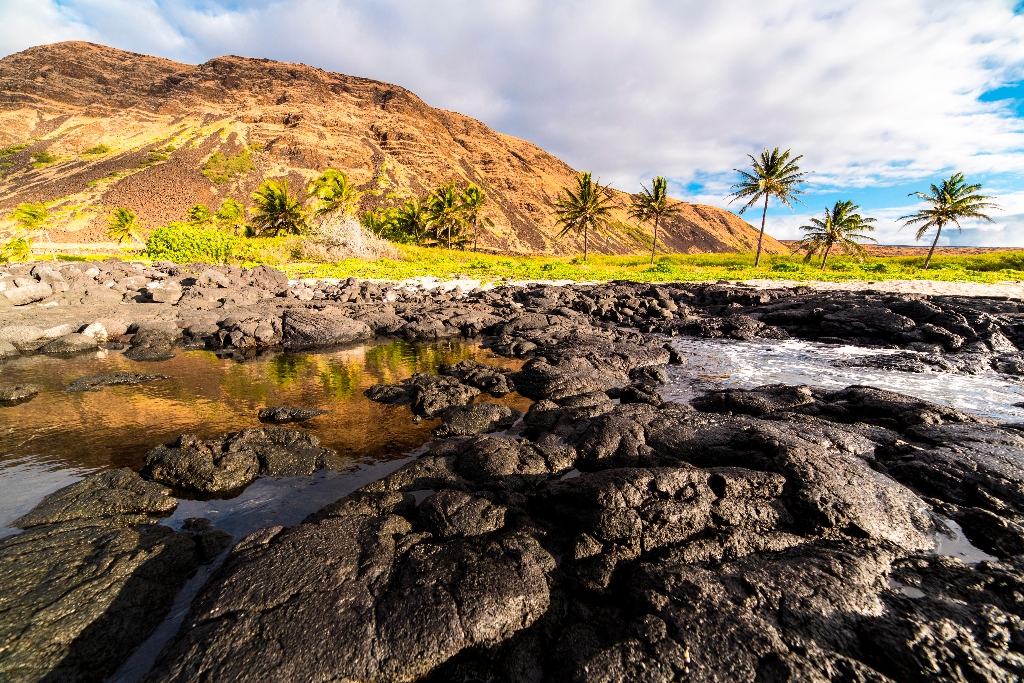
Hawaiʻi Volcanoes

Hot Springs
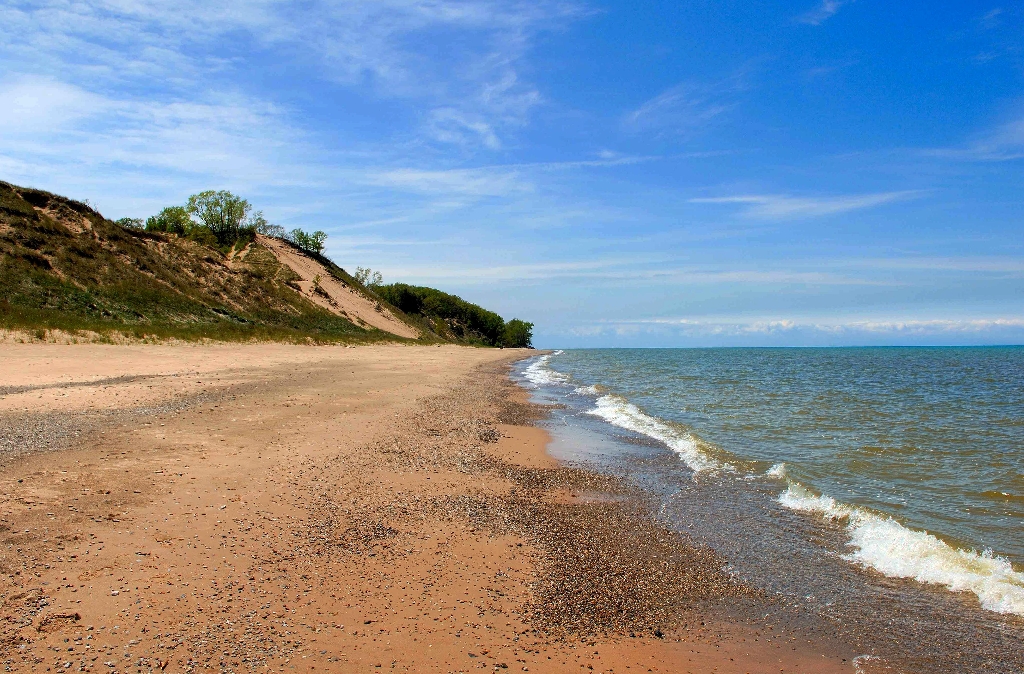
Indiana Dunes
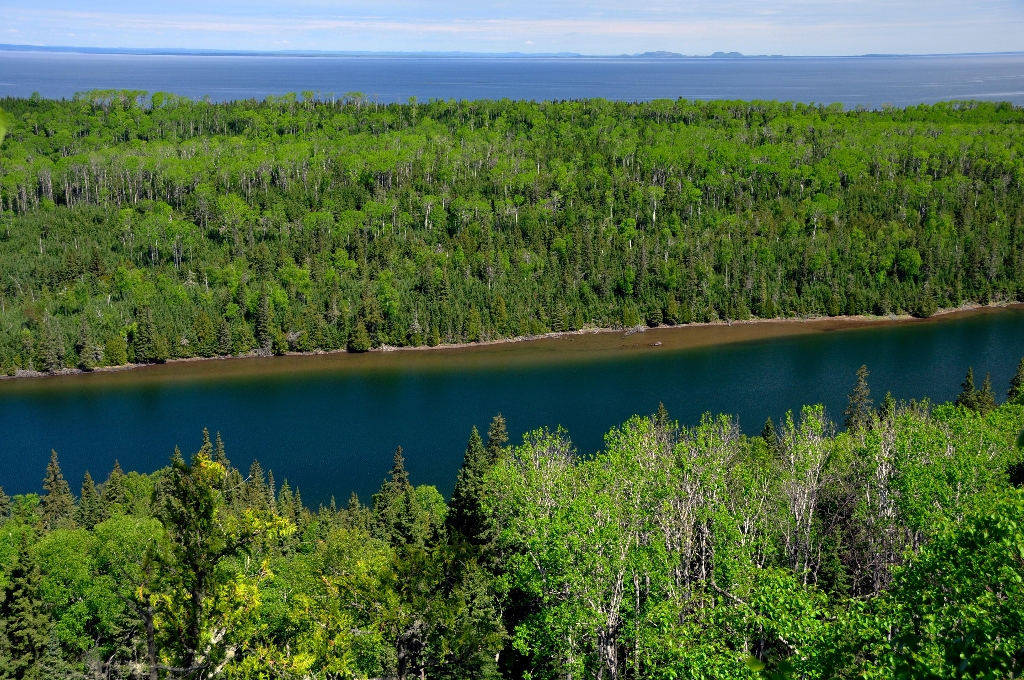
Isle Royale
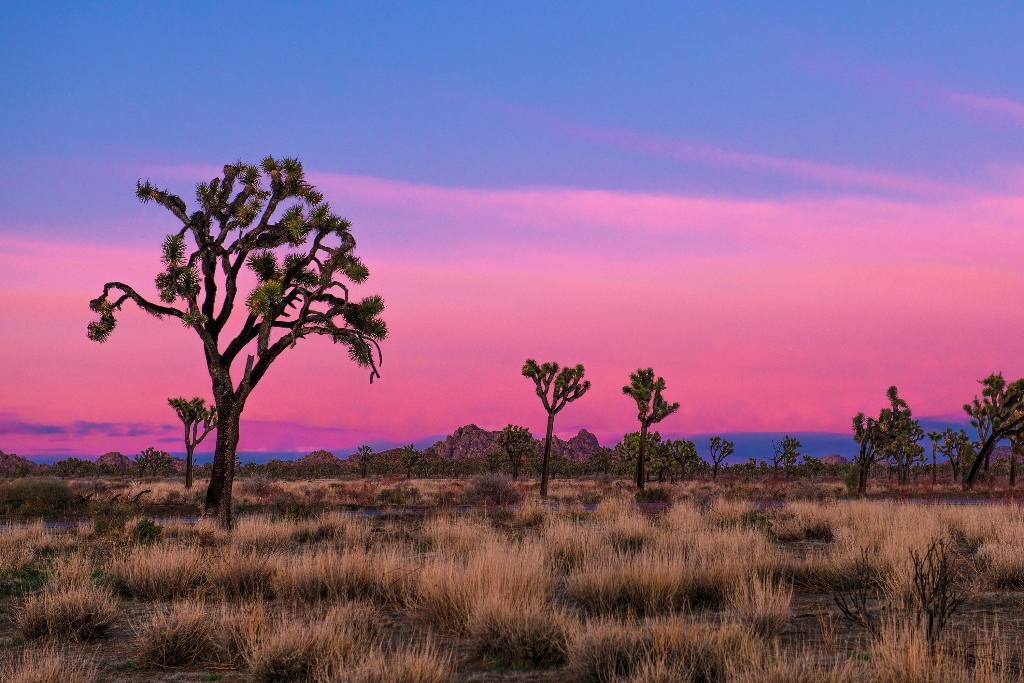
Joshua Tree

Kenai Fjords

Kobuk Valley
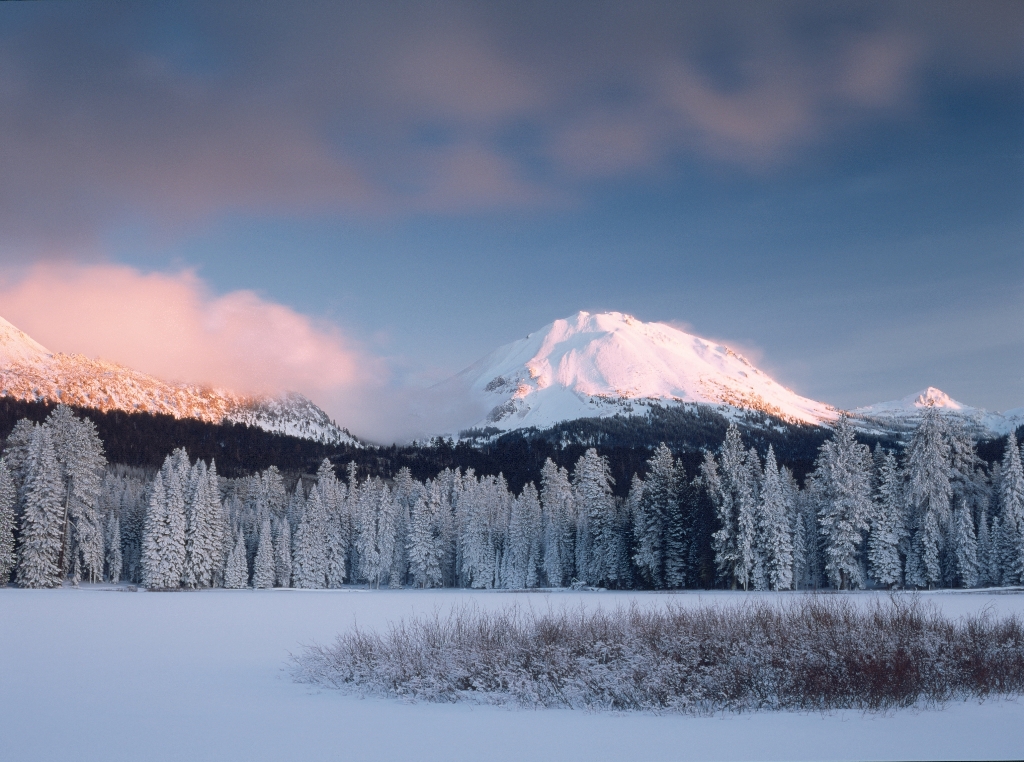
Lassen Volcanic
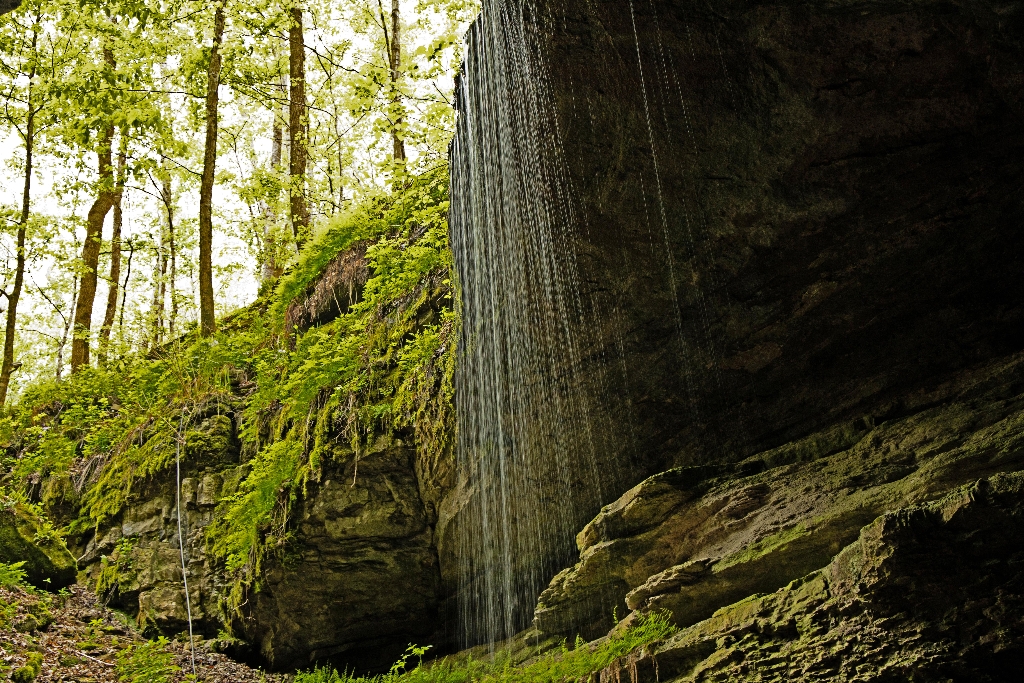
Mammoth Cave
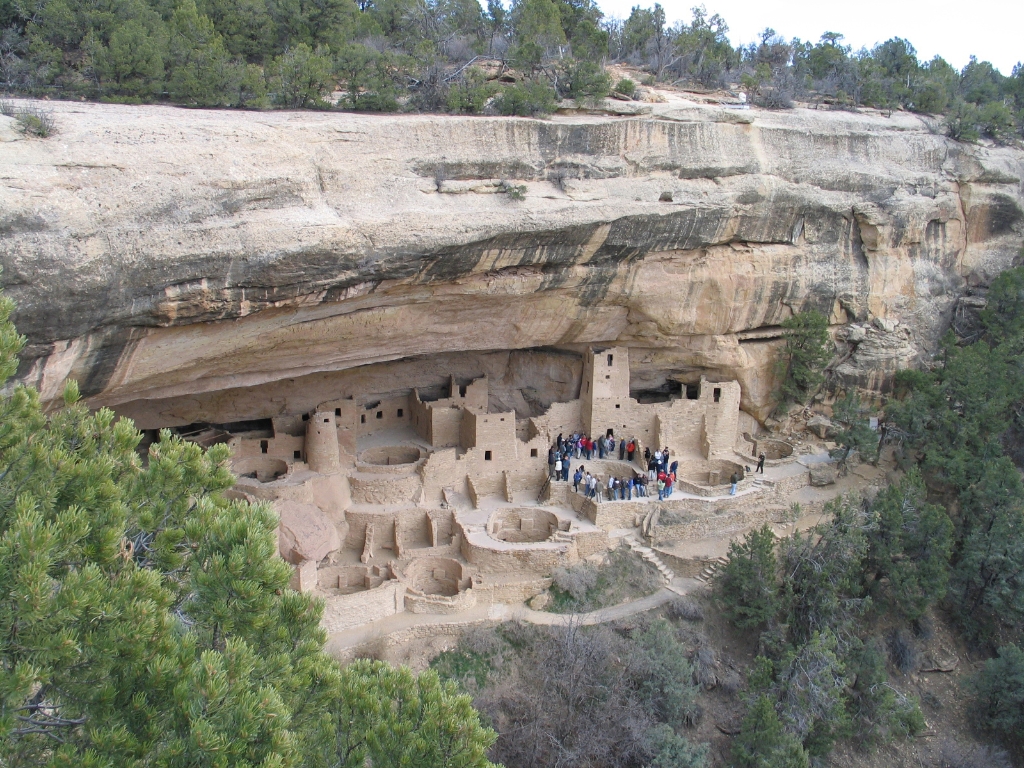
Mesa Verde
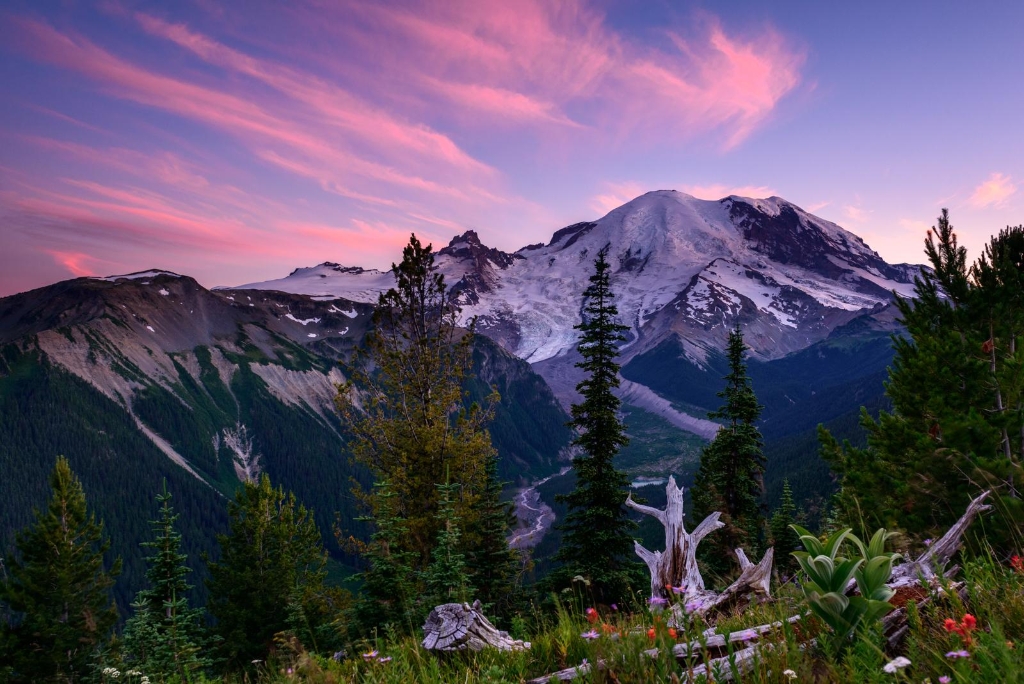
Mount Rainier
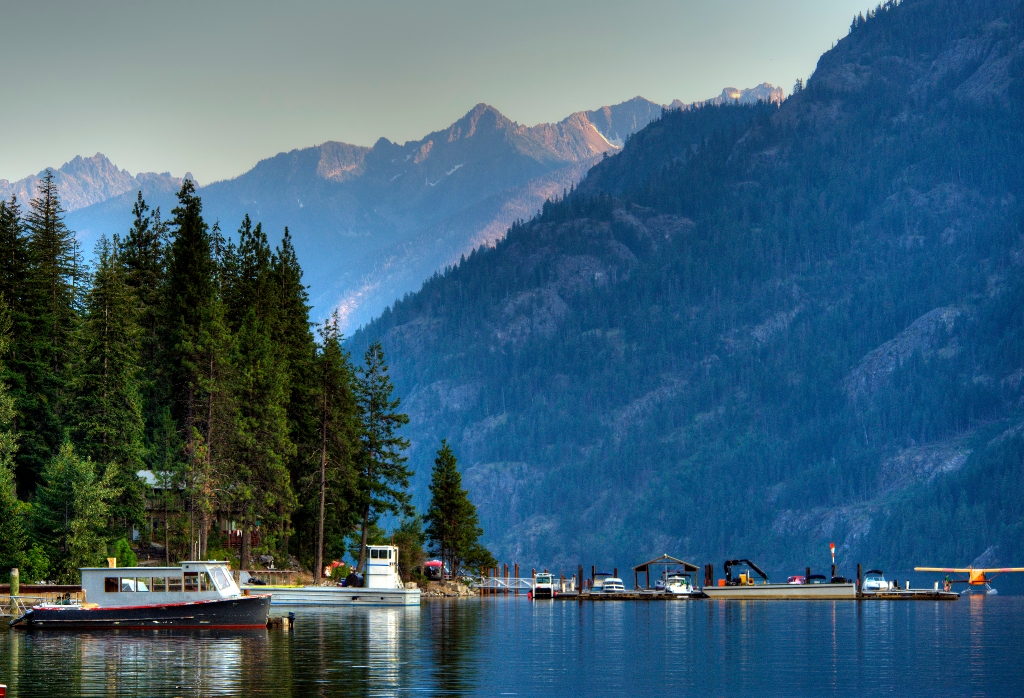
North Cascades

Olympic
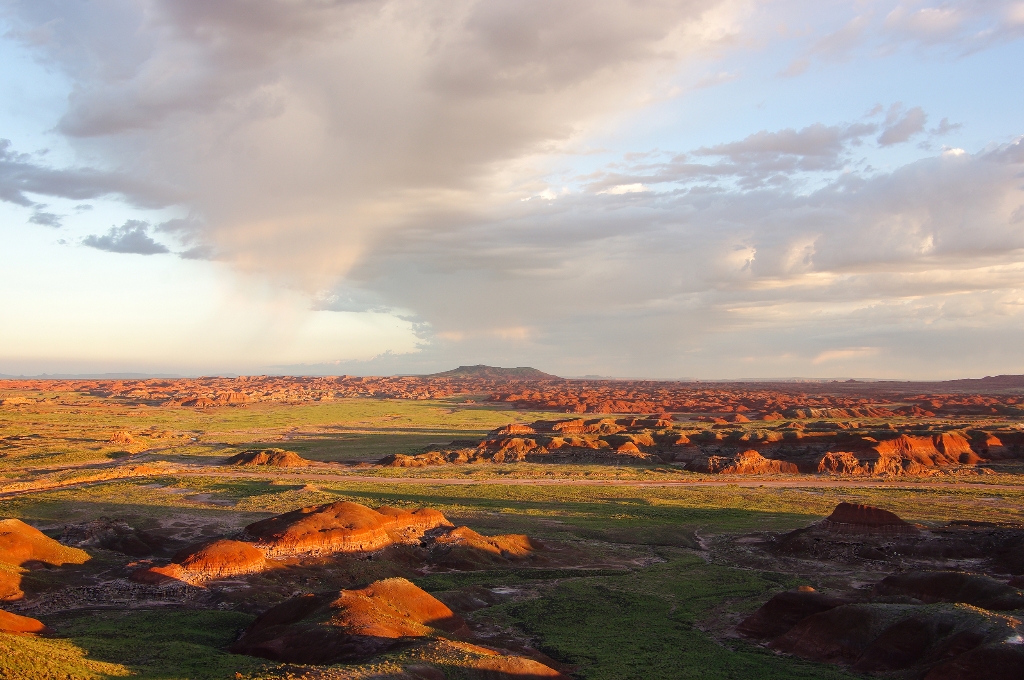
Petrified Forest
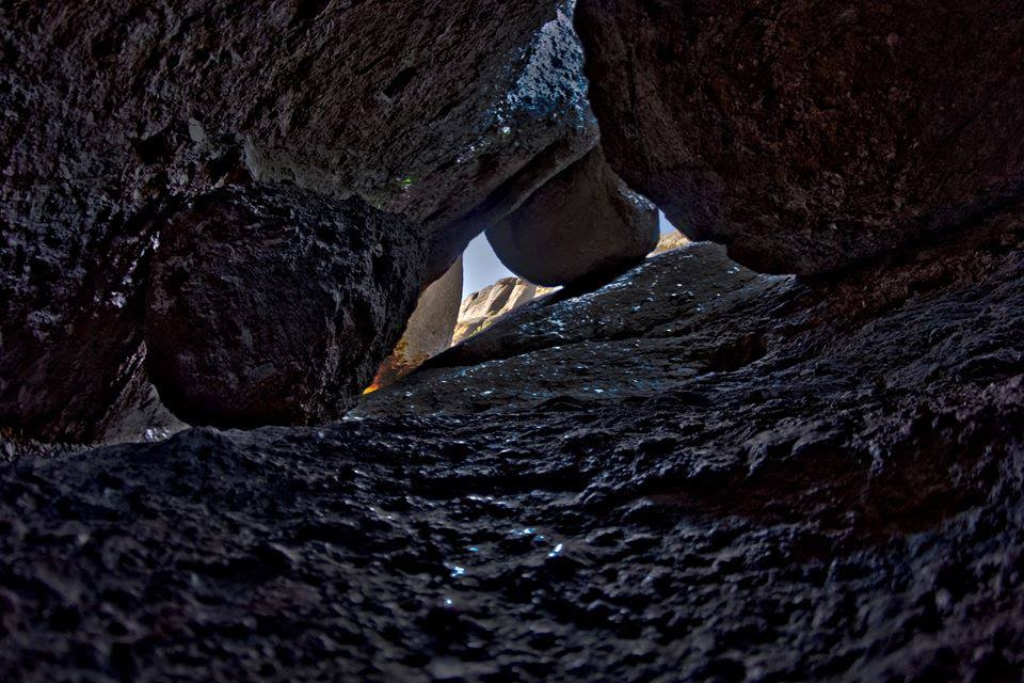
Pinnacles
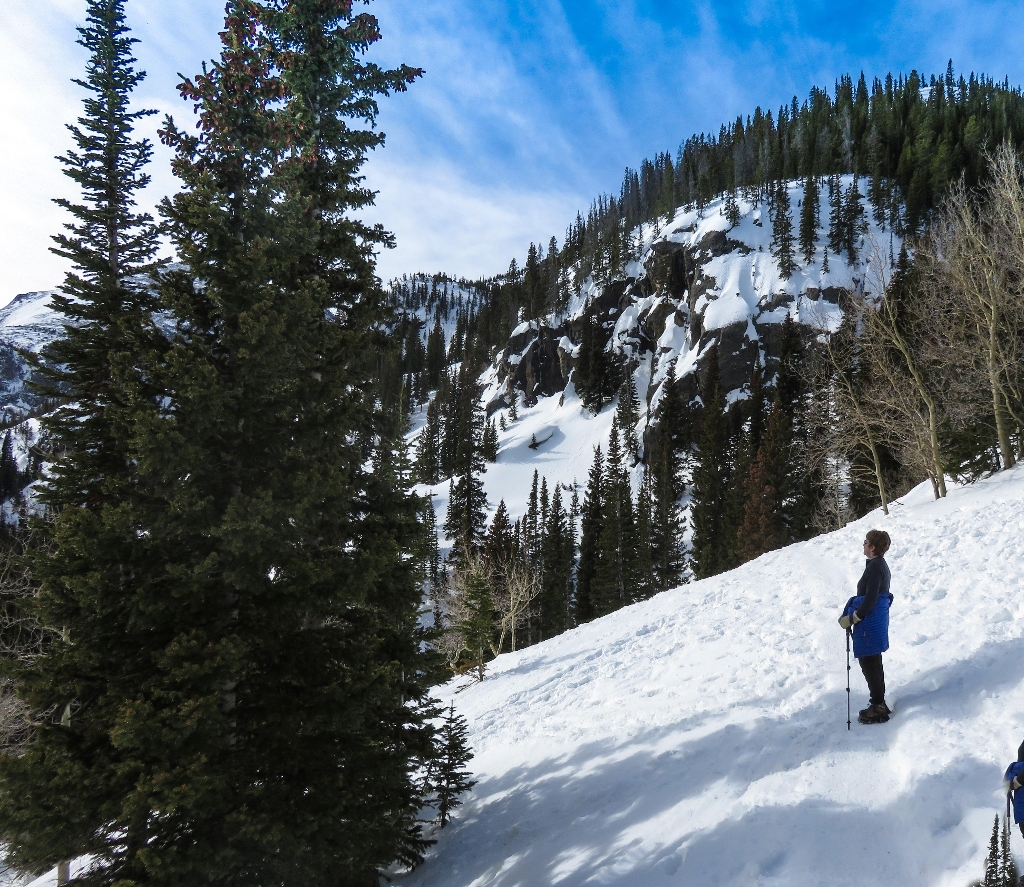
Rocky Mountain

Saguaro
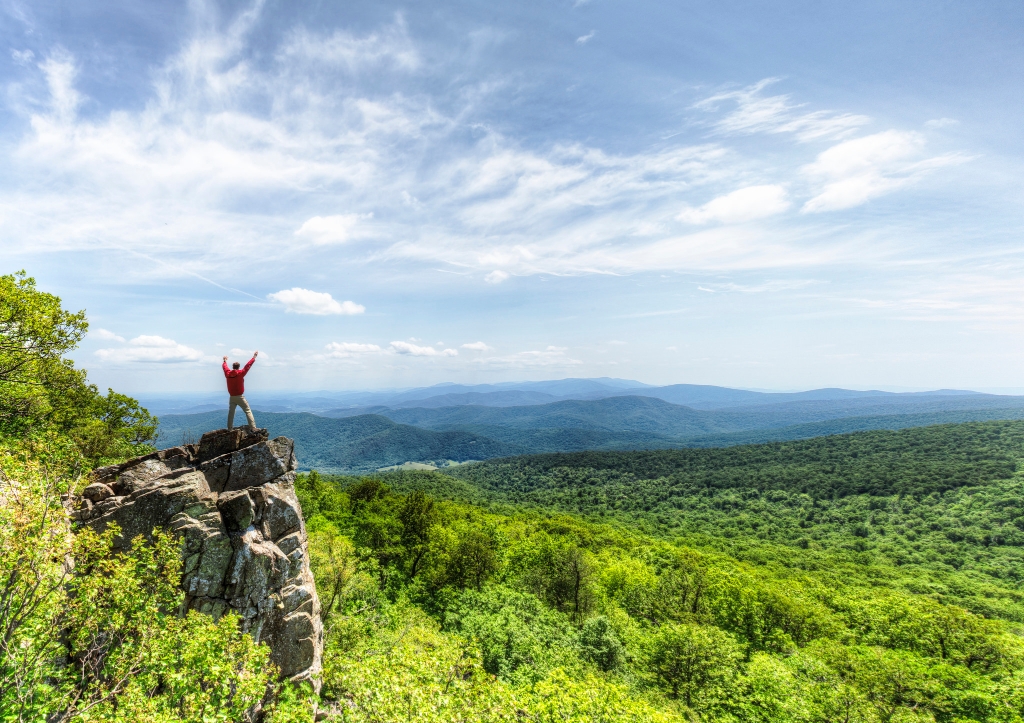
Shenandoah
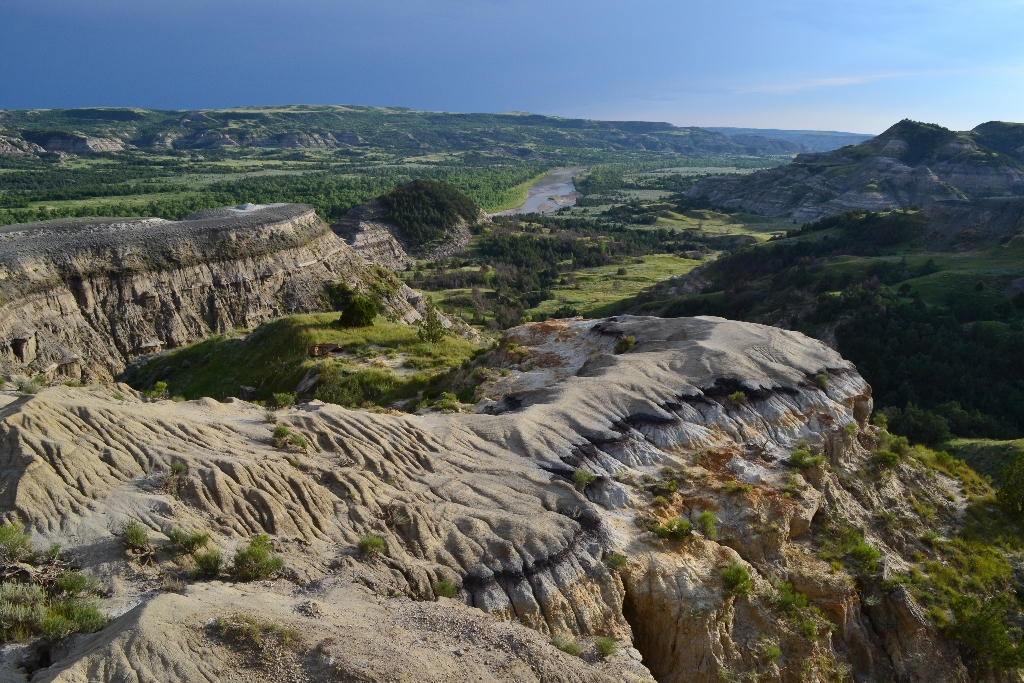
Theodore Roosevelt

Virgin Islands
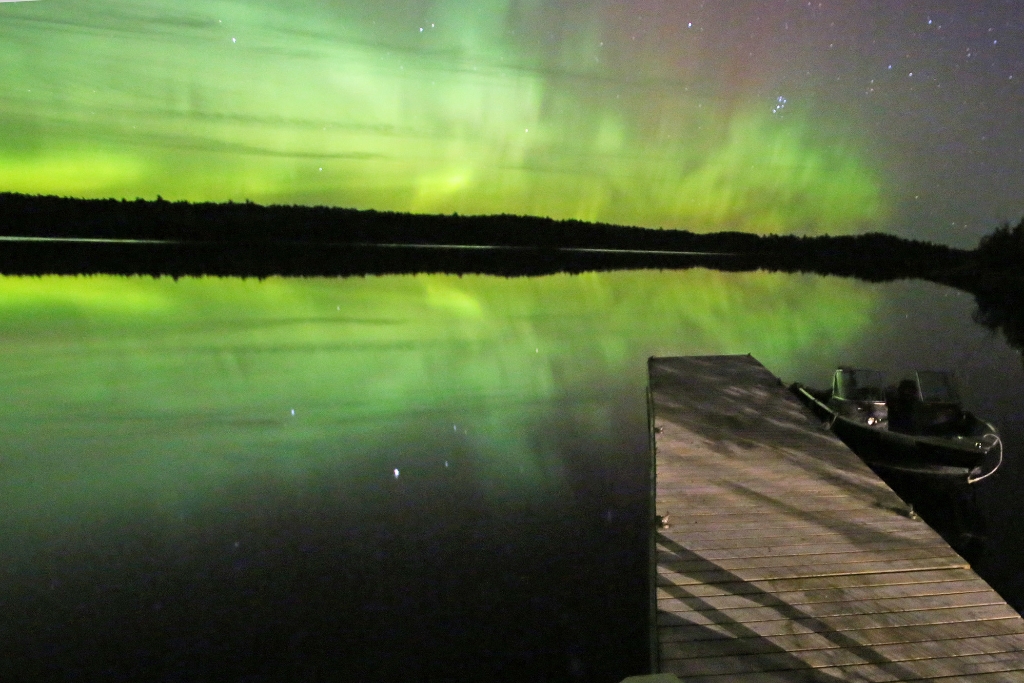
Voyageurs
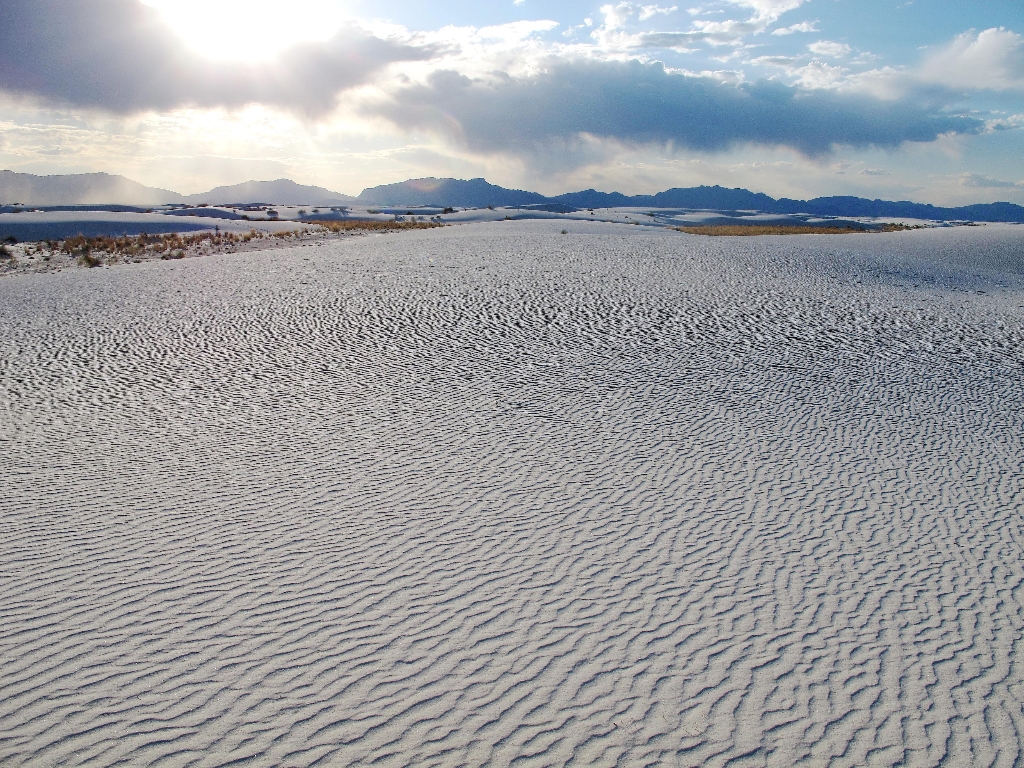
White Sands
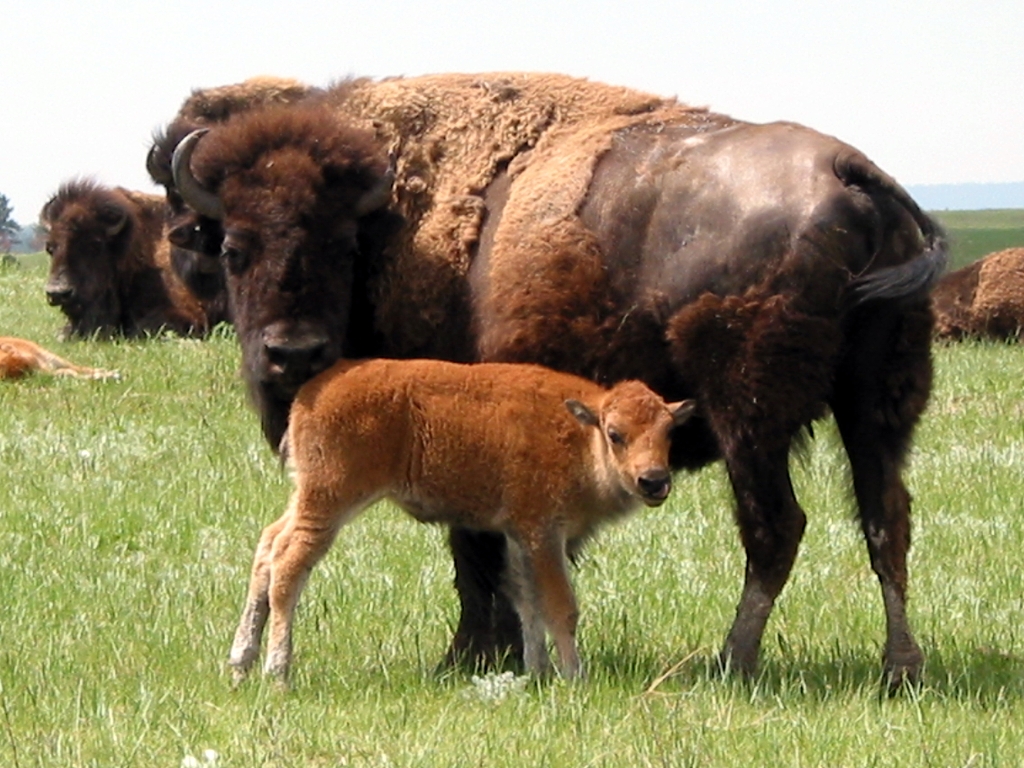
Wind Cave
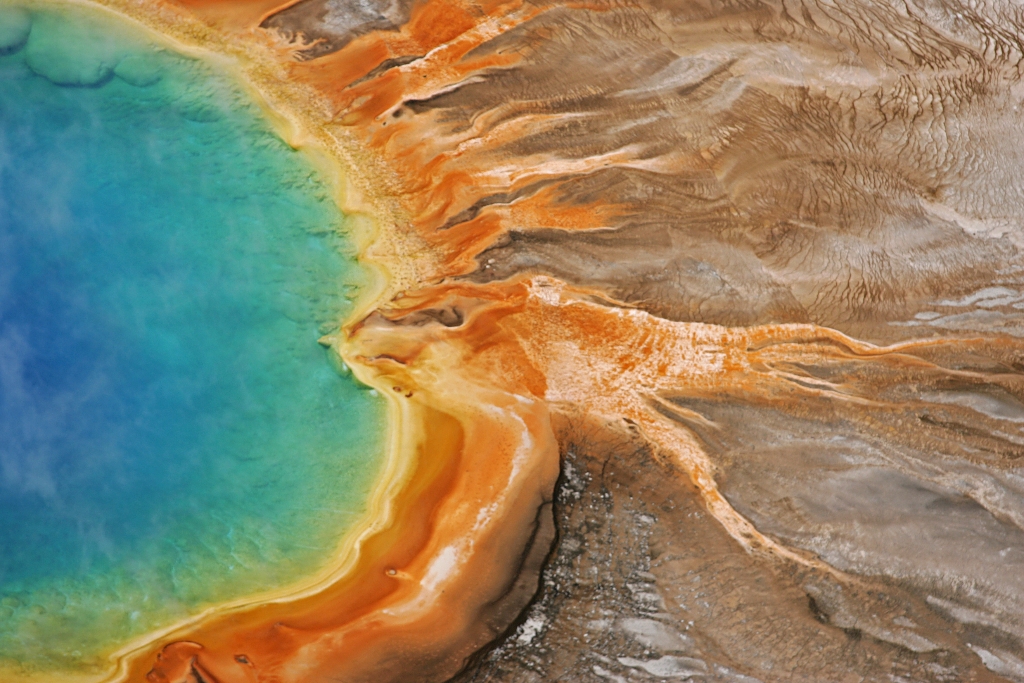
Yellowstone
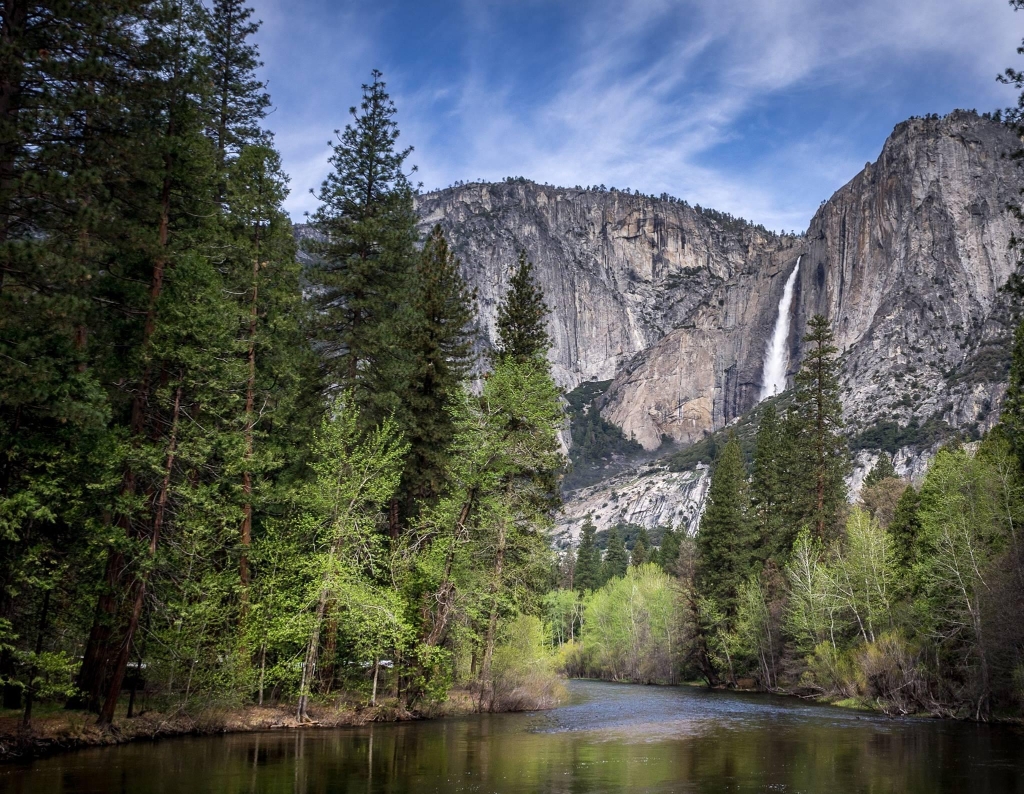
Yosemite

Zion